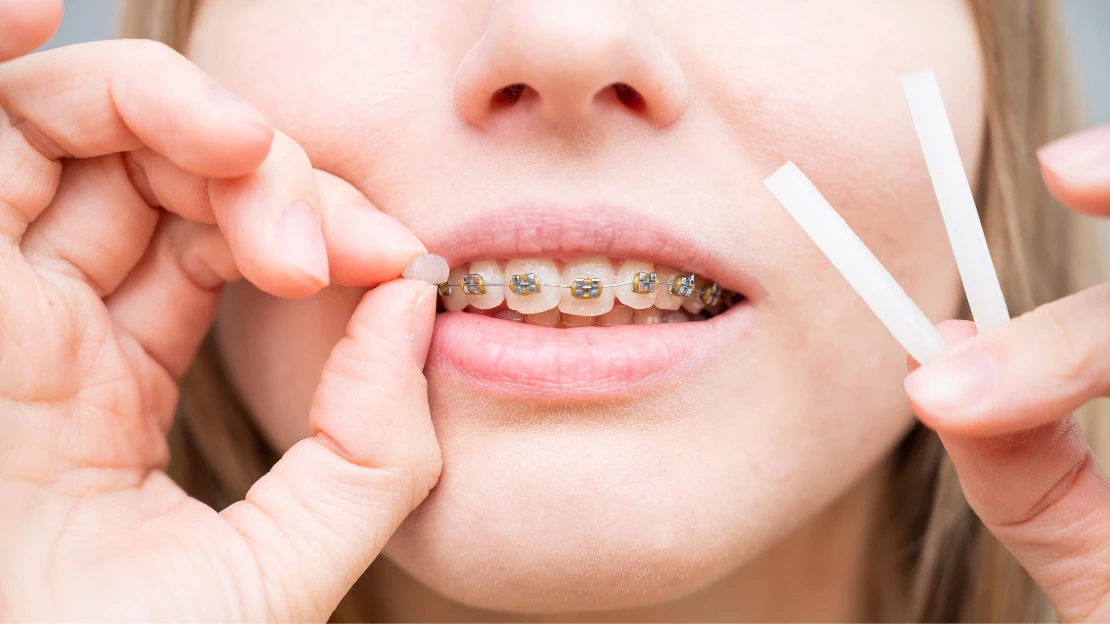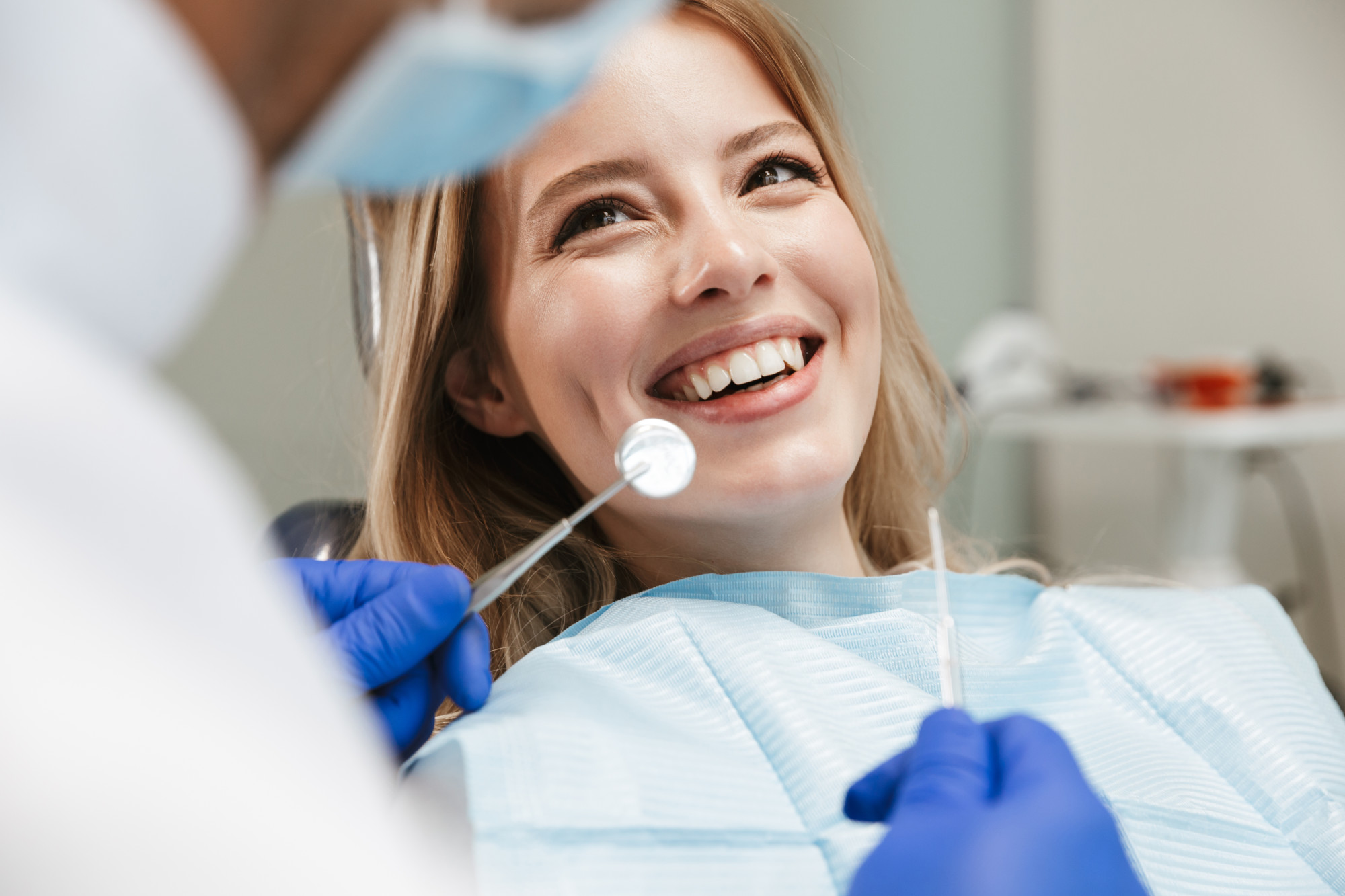Legacy Orthodontics Fundamentals Explained
Legacy Orthodontics Fundamentals Explained
Blog Article
The Of Legacy Orthodontics
Table of ContentsNot known Facts About Legacy OrthodonticsSome Known Factual Statements About Legacy Orthodontics Unknown Facts About Legacy Orthodontics7 Easy Facts About Legacy Orthodontics ExplainedLegacy Orthodontics Things To Know Before You Get This
In addition, we use adjustable therapy timetables, flexible settlement options and a fun, delightful experience.An orthodontist is a dental professional trained to detect, protect against, and deal with teeth and jaw abnormalities. Orthodontists work with individuals of all ages, from youngsters to adults.
Malocclusion, or misaligned teeth, can bring about dental issues, consisting of dental caries, gum tissue disease, and hard or excruciating eating. But not everyone is birthed with straight teeth. If you have a poor bite or big rooms between your teeth, you may want to seek advice from a dental expert specializing in orthodontic care.
10 Simple Techniques For Legacy Orthodontics
( Picture Credit Report: DigitalVision/Getty Images) Orthodontists utilize repaired and removable dental devices, like braces, retainers, and bands, to transform the setting of teeth in your mouth. Orthodontic treatment is for oral problems, consisting of: Misaligned teethBite issues, like an overbite or an underbiteCrowded teeth or teeth that are too much apartJaw misalignmentThe objective of orthodontic treatment is to boost your bite.
While you might assume of orthodontists as mainly for children or teenagers who require braces, they can deal with oral troubles at any type of age. Orthodontists attend college, dental school, and orthodontic school.
All orthodontists are dental experts, yet not all dental experts are orthodontists. Orthodontic residency programs supply extensive, concentrated instruction for oral specialists. They concentrate on 2 locations: How to properly and safely move teeth How to effectively guide development in the teeth, jaw, and faceOnce an orthodontist has completed training, they have the alternative to become board accredited.
Legacy Orthodontics Fundamentals Explained
Misalignment, or malocclusion, is one of the most usual reason people see an orthodontist. It is genetic and is the result of dimension distinctions between the top and reduced jaw or between the jaw and teeth. Malocclusion brings about tooth overcrowding, an irregular jaw, or irregular bite patterns. Malocclusion is usually treated with: Your orthodontist attaches metal, ceramic, or plastic square bonds to your teeth.
If you have only minor malocclusion, you might have the ability to utilize clear dental braces, called aligners, rather than traditional dental braces (https://www.ted.com/profiles/47882171). Some individuals require a headwear to help move teeth into line with pressure from outside the mouth. After braces or aligners, you'll require to use a retainer. A retainer is a custom tool that keeps your teeth in place.
They're frequently made use of on youngsters. They can create additional area in the mouth without needing to draw teeth. If you have a significant underbite or overbite, you might require orthognathic surgical procedure (additionally called orthodontic surgical procedure) to lengthen or reduce your have a peek at this website jaw. Orthodontists utilize cords, surgical screws, or plates to sustain your jaw bone.
You might need to see an orthodontist if you have: Crowding or otherwise adequate room for all of your teethOverbite, when your upper teeth come by your base teethUnderbite, when your bottom teeth are also much forwardSpacing or issues with gapsCrossbite, which is when your top teeth fit behind your base teeth when your mouth is closedOpen bite or an upright gap between your front bottom and upper teethMisplaced midline, when the center of your base and upper teeth do not line up Dealing with an oral malocclusion can: Make attacking, eating, and talking easierImprove the symmetry of our face and your overall appearanceEase pain from temporomandibular joint disordersDifferent your teeth and make them less complicated to clean up, assisting protect against dental cavity or dental caries It's usually a dentist that first notices misaligned teeth throughout a routine exam.
The 15-Second Trick For Legacy Orthodontics

Throughout your initial orthodontic consultation, you'll likely have: An oral examPhotos taken of your face and smileDental X-raysPanoramic (360 level) X-rays of your face and headImpressions to produce mold and mildews of your teethThese examinations will assist your orthodontist know how to wage your treatment. leesburg orthodontics. An orthodontist is a dental professional who's had training to treat your teeth and jaw
An orthodontist is focused on your bite, so something like a chipped tooth would be dealt with by a dental practitioner. Orthodontists are focused on your bite, or the means your teeth fit with each other, and the straightness of your teeth.
Ever before wondered exactly how celebs constantly seem to have completely aligned teeth? Orthodontists are oral experts that focus on remedying irregularities in the teeth and jaws.
Legacy Orthodontics - Truths

, orthodontists have a varied toolkit at their disposal. These tried-and-true braces utilize a system of brackets adhered to the teeth and connected by cords.
Clear aligners, like Invisalign, are a preferred choice for clients seeking a more very discreet therapy option. These removable trays are custom-made to progressively change the teeth's placement. Headgear may be utilized along with braces or aligners to use added targeted forces, particularly for dealing with jaw inconsistencies. In situations of slim jaws, palatal expanders can be made use of to develop space for proper tooth alignment.
Report this page